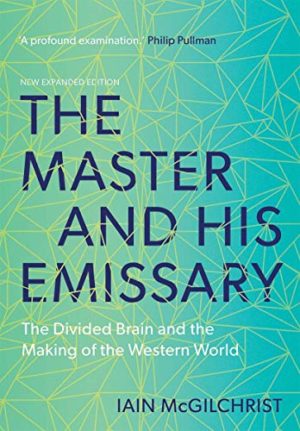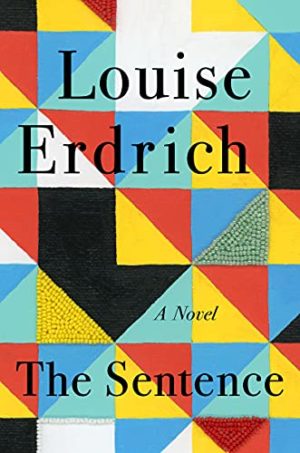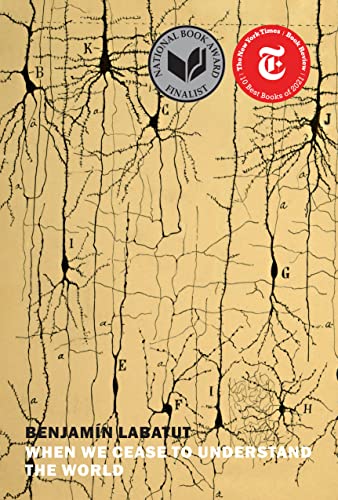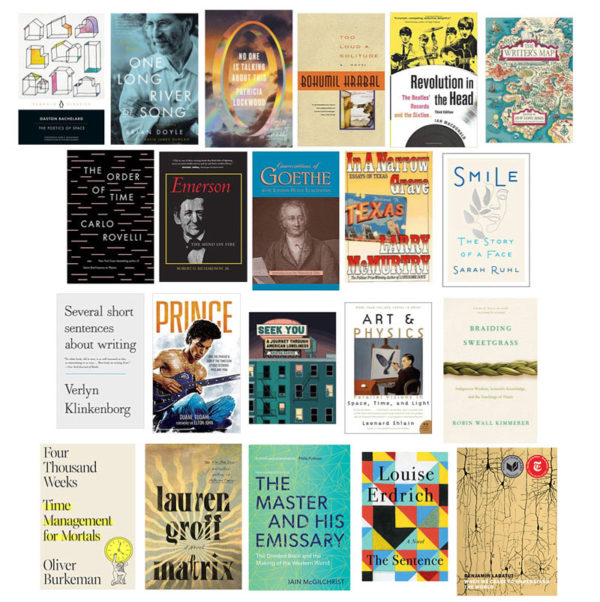
Here are my favorite reads of 2021, presented in the order I read them. (Spoiler alert: A few of these will be picks for our Read Like an Artist book club in 2022.) I’ve put [***] next to my three favorites.
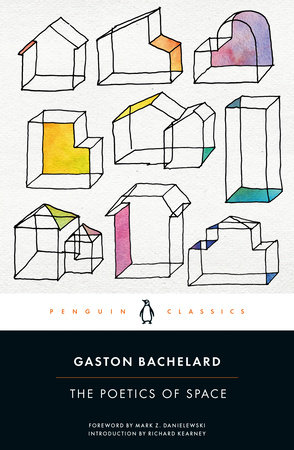 The Poetics of Space
The Poetics of Space
Gaston Bachelard
“It is better to live in a state of impermanence than in one of finality.” One of those infuriating books that lose you for a few pages and you start skimming and the very second you’re about to put it down and read something else, a sparkling gem of a sentence appears that you double-underline and scribble in your commonplace book, and gets you to start reading again.
 One Long River of Song: Notes on Wonder
One Long River of Song: Notes on Wonder
Brian Doyle
A posthumous collection of an author I wish I’d read when he was alive. Maybe my favorite thing I read all winter. I savored a handful of essays each night in bed. If you’re new to his work, try his ode to the heart, “Joyas Voladoras,” or “The Greatest Nature Essay Ever.” There’s a big archive of his at The American Scholar. (Recommended to me by a newsletter reader. Thanks, Cate!)
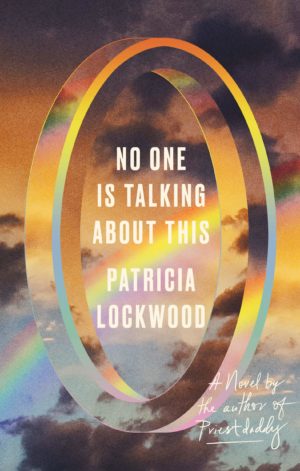 No One Is Talking About This
No One Is Talking About This
Patricia Lockwood
“You’ll be nostalgic for this, too, if you make it.” Think about how hard this is to pull off: a poet writes a bestselling memoir and then follows it up with a novel. (Priestdaddy was on my favorites of 2018.) One of the most original writers of our generation. I will be instantly reading whatever she writes next.
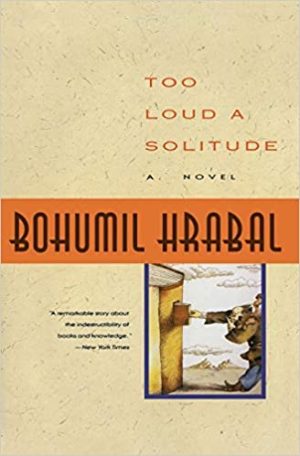 Too Loud a Solitude
Too Loud a Solitude
Bohumil Hrabal
The Czech writer Bohumil Hrabal once worked as a trash compactor, and, according to the critic James Wood, he “rescued books from the compacting machine and built a library of them in the garage of his country cottage outside Prague.” He based his wild, short novel on his experiences, giving them to the fictional narrator, Hanta, who says he “can’t quite tell which of my thoughts come from me and which from my books.” (Same.)
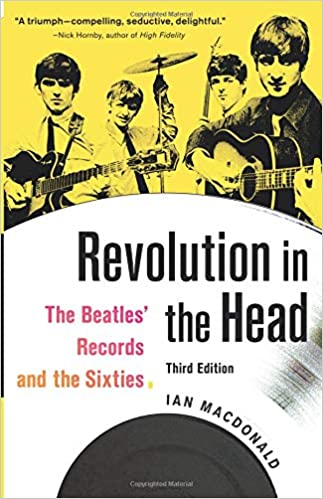 Revolution in the Head: The Beatles’ Records and the Sixties
Revolution in the Head: The Beatles’ Records and the Sixties
Ian MacDonald
Have you heard of the Beatles? They were pretty good. This is probably the best book about the band I’ve ever read. I love how saucy MacDonald gets: of “A Day in the Life,” arguably the high point of their achievement, he writes, “More nonsense has been written about this recording than anything else The Beatles produced.” Of Paul’s granny music: “If any single recording shows why The Beatles broke up, it is MAXWELL’S SILVER HAMMER.” A highlight for me is when MacDonald points out that how many of the big British bands of the sixties were made up of kids who went to art school. (Beatles, Stones, Kinks, Who, etc.) You could blow up the chronology stuffed in the back and make another book out of it.
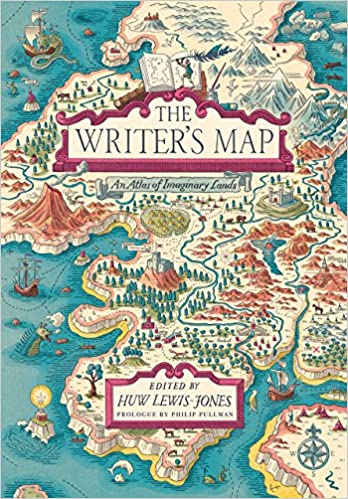 The Writer’s Map: An Atlas of Imaginary Lands
The Writer’s Map: An Atlas of Imaginary Lands
edited by Huw Lewis-Jones
A downright gorgeous book. I’ve always been a bit obsessed with maps and even started my own collection of imaginary maps way back in 2008. If I’d have owned this book when I was doing my undergrad thesis, who knows, maybe I’d be a novelist? The Writer’s Map would pair well with Peter Turchi’s book, Maps of the Imagination: The Writer as Cartographer.
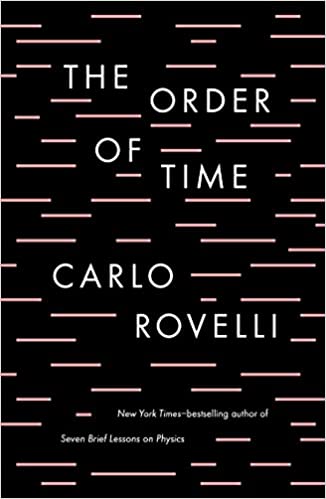 The Order of Time
The Order of Time
Carlo Rovelli
(translated by Erica Segre and Simon Carnell)
Beautifully written and beautifully translated from the Italian by husband/wife team Simon Carnell and Erica Segre. Sadly, I found out that Segre died unexpectedly this year. Rovelli said, “They not only captured perfectly my meaning but they could completely render the feeling and sound of my Italian — and improve it, because their English language is remarkably beautiful and rich.” (I read several of the couple’s translations of Rovelli’s books, including Seven Brief Lessons on Physics.)
 Emerson: The Mind on Fire
Emerson: The Mind on Fire
Robert D. Richardson
The great reading project of my spring was reading Richardson’s trilogy of biographies: Henry Thoreau: A Life of the Mind (which was so good Annie Dillard wrote him a fan letter and they wound up getting married), Emerson: The Mind on Fire (which I swear reads in spots like he was showing off for his new partner), and William James: In the Maelstrom of American Modernism. (I also read his short biography of his mentor, the biographer Walter Jackson Bate.) Emerson is my favorite of the three and set me on a path of rethinking my indexing and filing systems. (If you’re new to Richardson’s work, I might start with First We Read, Then We Write: Emerson on the Creative Process.)
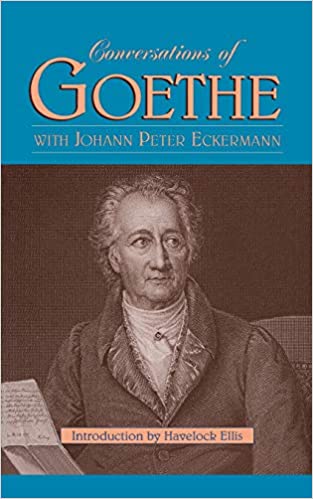 Conversations of Goethe
Conversations of Goethe
Johann Peter Eckermann
This was a favorite book of Emerson and some of the other transcendentalists. Eckermann was 31 when he met the 74-year-old Goethe, and this book is a record of their conversations over nine years. Like many old books, it’s a great reminder that human beings have always been hilarious — I love how Eckermann will ask a question and Goethe goes into these long monologues that read almost stand-up routines. “The truth must be repeated over and over,” Goethe said. “My merit is, that I have found it also, that I have said it again, and that I have striven to bring the truth once more into a confused world.”
 In a Narrow Grave: Essays on Texas
In a Narrow Grave: Essays on Texas
Larry McMurtry
“Let those who are free of Texas enjoy their freedom.” McMurtry’s first book of essays, published in 1968, after his novel, The Last Picture Show. Belongs on the shelf next to Wright’s God Save Texas and other great books about this insane state I happen to live in. (Related reading: The Pirate Gardener.)
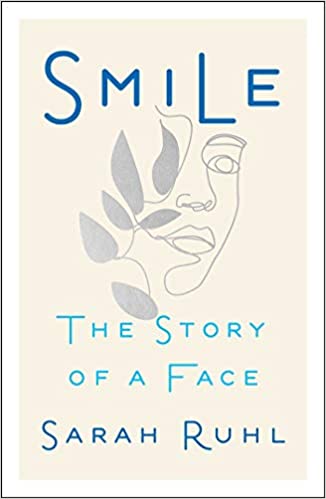 Smile: The Story of a Face
Smile: The Story of a Face
Sarah Ruhl
“Imperfection is a portal. Whereas perfection and symmetry create distance… imperfection and the messy particular had the power to open the heart.” I loved Ruhl’s 100 Essays I Don’t Have Time To Write, so I was delighted to read an advance copy of her memoir. A playwright, McArthur “Genius,” and mother of 3, she writes beautifully about the intertwining of her art and everyday life.
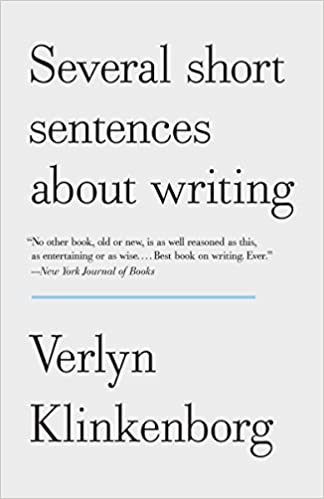 Several Short Sentences About Writing***
Several Short Sentences About Writing***
Verlyn Klinkenborg
“Being a writer is an act of perpetual self-authorization,” Klinkenborg writes. “Who’s going to give you the authority to feel that what you notice is important? It will have to be you.” This is simply one of the best books about writing I’ve ever read. Up there with Anne Lamott’s Bird by Bird and other classics. (Related reading: “The most important thing you do.”)
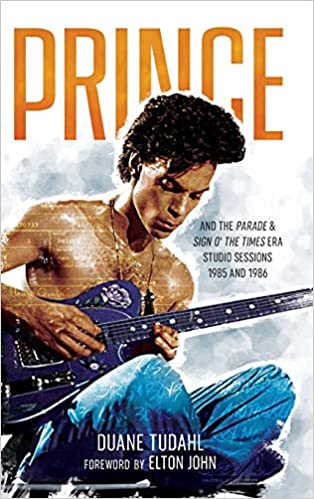 Prince and the Parade and Sign O’ The Times Era Studio Sessions: 1985 and 1986
Prince and the Parade and Sign O’ The Times Era Studio Sessions: 1985 and 1986
Duane Tudahl
I am a recording nerd who grew up obsessing over books about The Beatles’ recording sessions, so I tore through the official the Prince archivist’s second volume chronicling the Purple One’s unbelievable output at what was arguably the height of his powers. (Read along with this Spotify playlist!) Tudahl’s volume about the Purple Rain sessions inspired another playlist and made my favorite reads of 2018. I will read as many of these as he puts together.
 Seek You: A Journey Through American Loneliness
Seek You: A Journey Through American Loneliness
Kristen Radtke
These can be lonely times, and this was the right book at the right time for me. Somewhat unclassifiable — my favorite kind of book! — it’s not a traditional comic in panels, but more a kind of illustrated nonfiction essay. Made me want to re-read Olivia Laing’s The Lonely City and pick up Sherry Turkle’s Alone Together. I’m now a big fan of Radtke’s work, and I also enjoyed her first book, Imagine Wanting Only This.
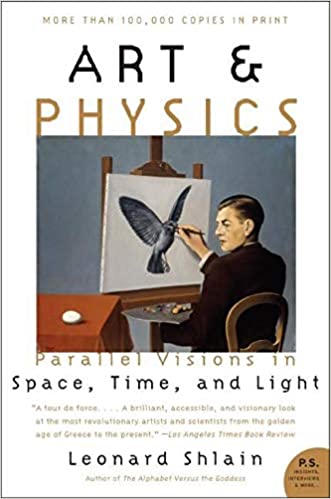 Art & Physics: Parallel Visions in Space, Time, and Light
Art & Physics: Parallel Visions in Space, Time, and Light
Leonard Shlain
Alain de Botton once said that the least interesting thing about religion is whether it’s true or not, and I feel that way about Shlain’s thesis that great artists anticipated leaps in physics — sometimes by several centuries. What is thrilling to me as a reader is to watch a sharp mind work through the history of these two fields and juxtapose their developments. (There’s a nice afterword in new editions about how the surgeon came to be a writer.) I also enjoyed his book, The Alphabet Versus the Goddess.
Braiding Sweetgrass: Indigenous Wisdom, Scientific Knowledge and the Teachings of Plants
Robin Wall Kimmerer
The fall started off with the Delta spike in Texas and my kids home from school, so I took a lot more solo walks and listened to audiobooks, which is something I rarely do. (For a taste of whether you’ll enjoy Kimmerer’s voice, check out her On Being episode.) A major theme of my reading this year was the tragic divorce between the arts and sciences and how much they need each other and how much real scientists and artists have in common. (At one point in school, Kimmerer is told by a botany advisor, “If you want to study beauty, you should go to art school.”) This was published in 2016, but re-published last year and has spent 87+ weeks on the bestseller list, for good reason.
Four Thousand Weeks: Time Management for Mortals
Oliver Burkeman
As he did with The Antidote, one of my favorite reads of 2013, Burkeman is able to pull off this great magic trick of writing a self-help book that not only transcends its genre, it also pokes fun at it. (This trick was a big influence on my book, Show Your Work!, which is the first time I consciously wrote a book knowing it’d be shelved in self-help.) It’s very hard to pull off. I’d also like to point out that Burkeman takes time in between his books, and works through a lot of ideas in his column and great newsletter, which I think leads to much richer work. (For a taste of the book, see my post, “The Principles of Patience.”)
Matrix***
Lauren Groff
“All souls are limited in the circles of their own understanding.” This was my book of the year. Just a stunning read. A historical fiction that manages to illuminate contemporary issues. (Telling the truth but telling it slant, as Emily Dickinson would put it.) I started the book around when Daylight Savings began and my clock and schedule got all messed up. It’s the perfect book to read when you’re up at weird hours, like a sleepy nun. (I drew a fantastic lecture about how Groff put the book together.) Can’t wait to read her other books, and her new one, which will be set in Jamestown.
The Master and His Emissary: The Divided Brain and the Making of the Western World***
Iain McGilchrist
I have been meaning to read this book for over a decade. I first purchased it in 2010 after hearing Lynda Barry sing its praises. I balked at its heft and its length and its Bible-thin pages and sold the hardcover at some point before one of our moves. Then I bought the paperback one day at Bookpeople after reading Leonard Shlain’s work. It took me two months to finish because I found it hard to read more than 10 pages in a day. It’s one of those books that has a cult following, because once you read it, it’s hard not to see the world through its lens.
The Sentence
Louise Erdrich
My first Erdrich book, but definitely not my last. I picked it up knowing nothing about it, and for maybe half the book had no idea where it was going. I just liked being on the ride. It’s a novel about ghosts and bookstores and the pandemic. I didn’t plan it, but it seems right that the fall started with a book about indigenous wisdom and ended with a book about indigenous wisdom.
When We Cease To Understand The World
Benjamin Labatut
(translated by Adrian Nathan West)
This book, finished in the early morning on Dec. 31st, is a prime example of why I don’t make my year end list until the very end of the year. A book that somehow ties my love of reading about physics in with my love of gardening as a metaphor. (The original title was Un Verdor Terrible, which translates to something like, A Terrible Greening.) “This is a work of fiction based on real events,” Labatut writes in the acknowledgements. “The quantity of fiction grows throughout the book.” So, the first essay has only one fictional paragraph, and by the end, it’s all made up, “while still trying to remain faithful to the scientific concepts discussed.” A wonderful way to end the reading year.
* * *
10 great ideas from books that didn’t crack my top 21
I read a lot of books every year, and while making this list, I thought about how Errol Morris says he doesn’t think there’s such a thing as a great movie or a great book, there are just good scenes, good paragraphs, etc.
So here’s a list of 10 ideas from good books that didn’t crack my top 21, for whatever reason. In some ways, I think this list is more interesting than my top 21, and all these books are worth reading:
1. The harmony of tensions from Heraclitus’s Fragments.
2. “Compare and despair!” from Beth Pickens’ Your Art Will Save Your Life.
3. The importance of taking a day off, from Abraham Heschel’s The Sabbath, by way of Beth Pickens’ Make Your Art No Matter What. (Both of Beth’s books are very much worth reading.)
4. Narratives built on cooperation and networking, from Gail Carriger’s The Heroine’s Journey.
5. Narratives based on shapes found in nature, from Jane Alison’s Meander, Spiral, Explode.
6. Writing as you read, from Sönke Ahrens’ How to Take Smart Notes.
7. “Disgust is a survival trait” and the idea that a good video game keeps you playing until it has taught you everything it knows (substitute “book” for “video game” and “reading” for “playing”) from Raph Koster’s A Theory of Fun.
8. Giving the household a way to be alone while they’re together, from Sarah Susanka’s The Not So Big House: A Blueprint for the Way We Really Live, borrowed from A Pattern Language.
9. The history of burnout in our boomer parents in Anne Helen Petersen’s Can’t Even: How Millennials Became The Burnout Generation.
10. Erik Seidel’s line, “Less certainty, more inquiry,” from Maria Konnikova’s The Biggest Bluff. (A great book from a writer I admire that I read in the no man’s land of 2020/2021 turnover. It should be on one of my lists!!)
* * *
If you liked this list, you will enjoy my newsletter, where I share what I’m reading every week, and you might also enjoy the Read Like An Artist book club, where I pick a favorite book every month.
I’ve been doing this list since 2006. You can read them all here.
I hope you read widely and adventurously, but more importantly, I hope you read what you want to read! Life is short and time is precious, and any book that doesn’t have you turning the pages is not the book for you right now.
Having trouble reading? Here’s what works for me.
Happy reading!



